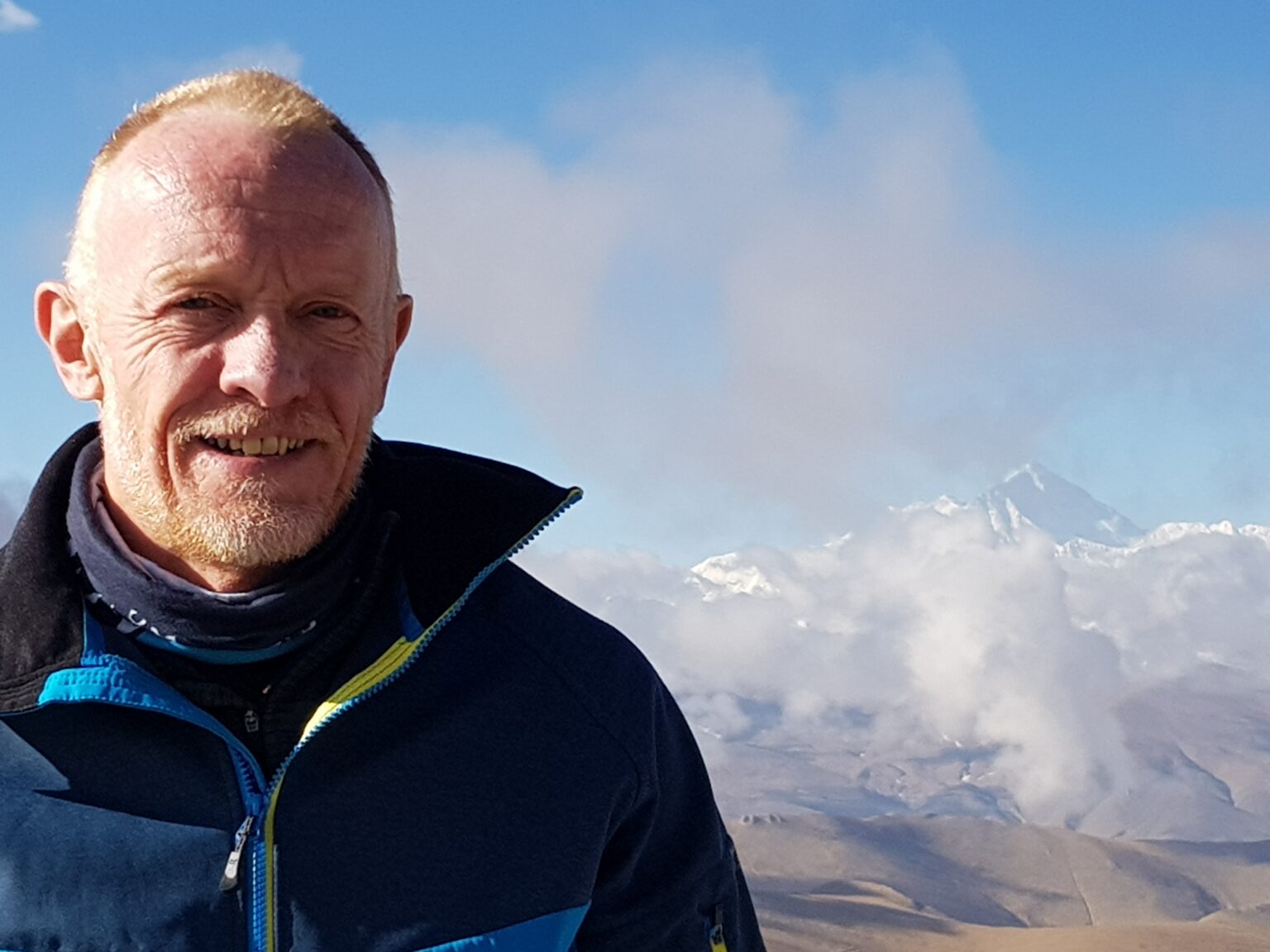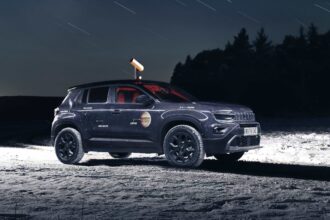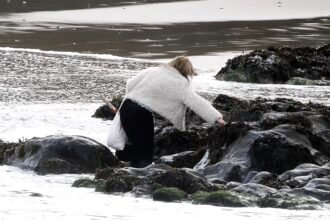British explorer Chris Brown found himself stranded in Antarctica for a month, contending with winds reaching up to 120mph and bone-chilling temperatures of -28°C.
Accompanied by his 28-year-old son Mika, Chris was on an expedition to reach the Southern Pole of Inaccessibility, one of the most isolated locations on Earth.
However, their plans were thwarted when their Twin Otter aircraft experienced a malfunction with a generator relay during the onslaught of the worst storms the region had seen in 17 years.
Despite multiple attempts to procure replacement parts, their efforts were in vain, compounded by airspace restrictions due to Elon Musk’s rocket re-entering the atmosphere, rendering them marooned in the desolate wilderness for an agonizing four weeks.
- Advertisement -
READ MORE: Couple save £3,000 travelling Australia rent-free by looking after stranger’s pets
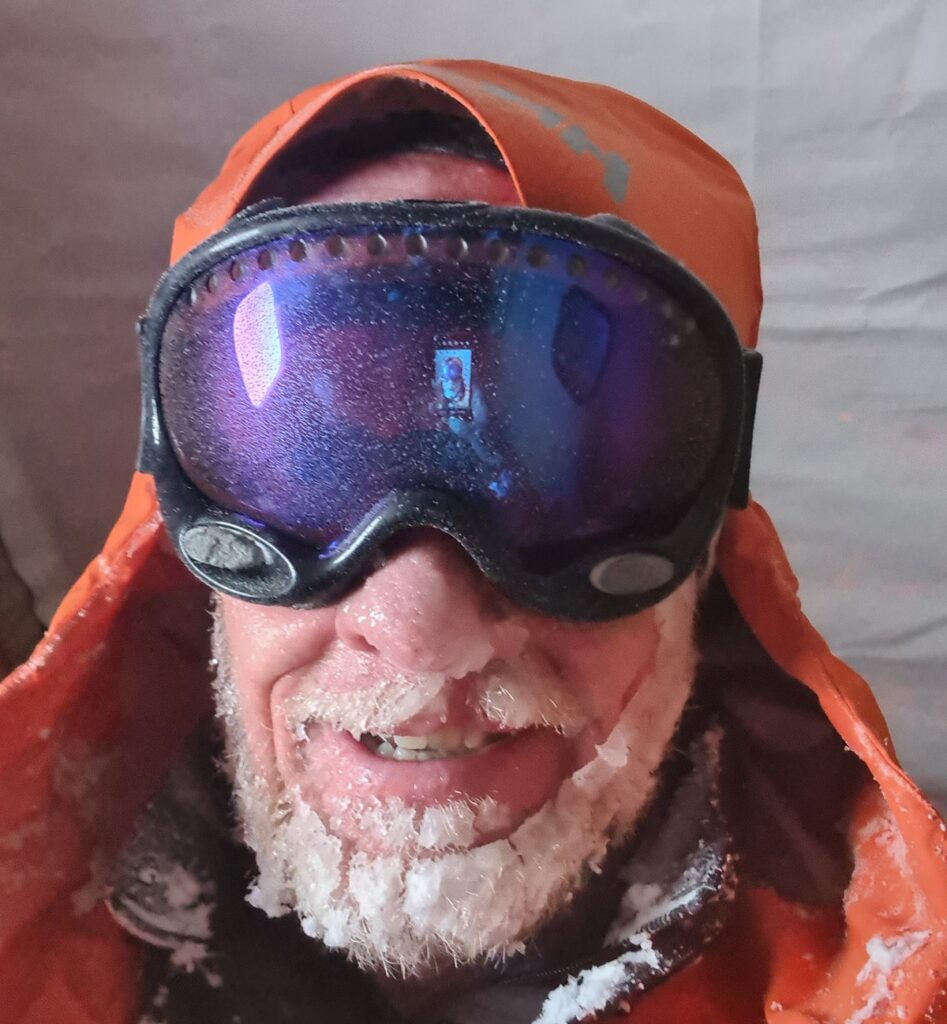
The relentless winds and freezing temperatures necessitated the explorers to huddle together for warmth while also digging out snow-covered communal and individual tents.
Recounting the ordeal, Chris, hailing from Harrogate, North Yorkshire, recollected, “We landed at Wolf’s Fang with the anticipation of impending weather changes in two days’ time.
We ventured to observe a colony of Emperor Penguins near Atka Bay, but our return journey was marred by an unforeseen aircraft malfunction, which proved to be catastrophic for our expedition.
The Twin Otter aircraft, renowned for its durability, encountered multiple relay failures during the return trip. Although it managed to reach Wolf’s Fang initially, subsequent flights necessitated replacement relays. Unfortunately, just as we faced this predicament, a severe storm descended upon us.”
- Advertisement -
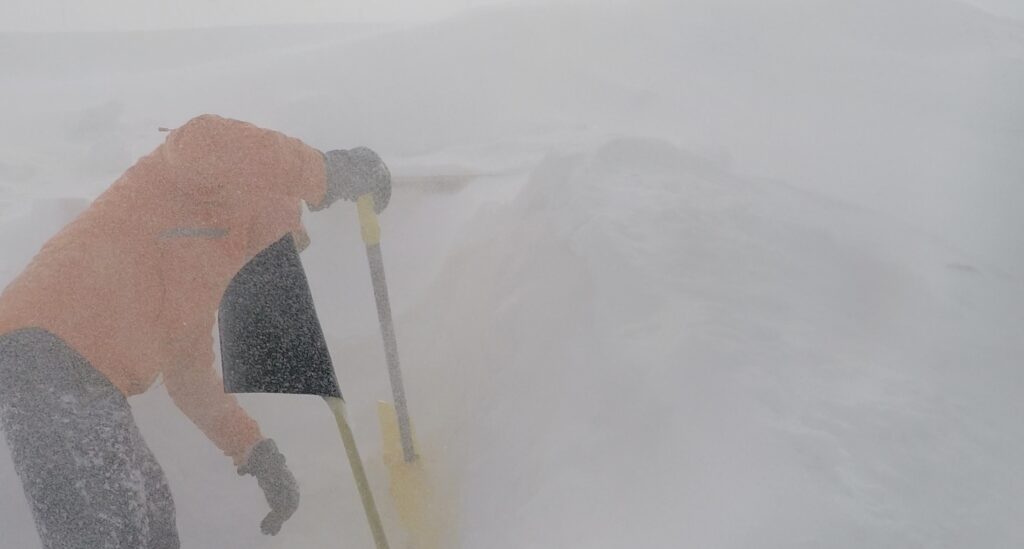
“The base winds reached 90mph with gusts up to 120mph, classified as Hurricane Force on the Beaufort scale. To ensure safety, everyone gathered in one central tent, buddying up to avoid separation.
During the storm’s whiteout conditions, poles were strategically placed for navigation, and a strict buddy system was enforced. Chris described the situation, stating, ‘It was a complete whiteout; going outside meant being swept off your feet.
Snow even infiltrated the plane’s engine, worsening our plight. Flight without the relays became impossible, compelling the need for replacement parts.'”
- Advertisement -
“Efforts to procure relays proved nearly impossible amidst adverse weather. Chris, a father of two, revealed, ‘It took three or four days to confirm no relays in Cape Town. They searched elsewhere, including Canada where the Twin Otter is based. Ideally, someone should have flown relays to South Africa, then to us.
Instead, they attempted a courier, with the last update in Istanbul. Frustration grew in the camp as days passed. Despite expectations of relief, subsequent storms and failed landing attempts prolonged our ordeal.'”
“On a promising day, as a plane approached, fog descended, obstructing visibility. The pilot attempted three landings, but fuel concerns led to retreat just before visibility improved, occurring within 20 minutes. Hopes were dashed again when the next flight aborted its landing, compounding the explorers’ sense of resignation amid the relentless challenges.”
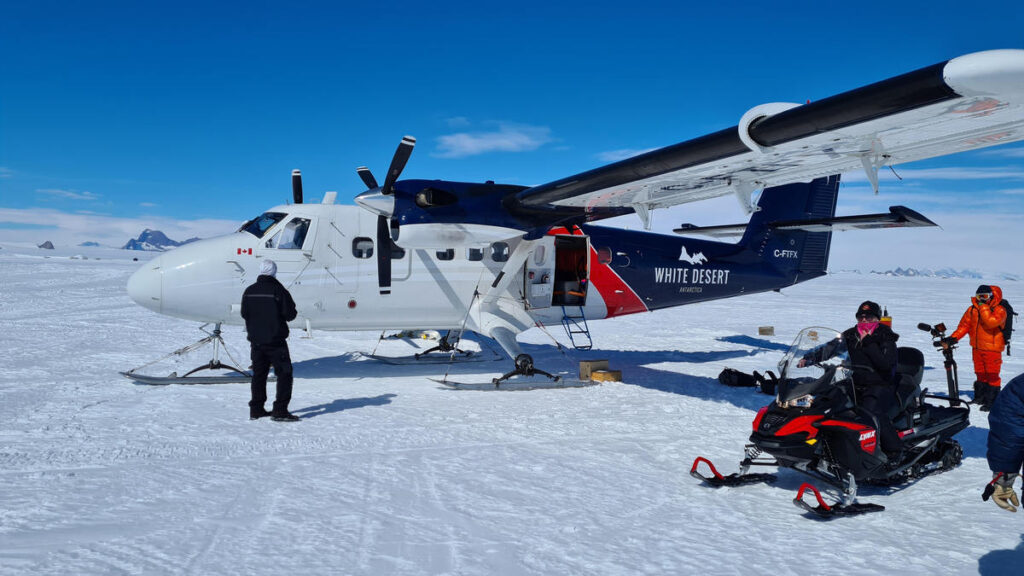
Chris, known for chronicling his adventures on TikTok as @chrisbrownexplores, expressed disbelief, saying, “We couldn’t believe it. We could see everyone walking away from it back towards us, we were thinking what’s going on?” The failed landing, attributed to a sensor error, left the team shattered. Chris explained, “You simply can’t take the risk, because if you do land and the warning turns out to be real, the plane isn’t returning to Cape Town and everyone would be stranded.”
With dwindling supplies and failing heating elements, the decision was made to abort the expedition. However, trapped in Antarctica with no inbound or outbound flights, hope waned further.
As if fate mocked their plight, a fourth storm descended, lasting for about five or six days, exacerbating their already dire circumstances.
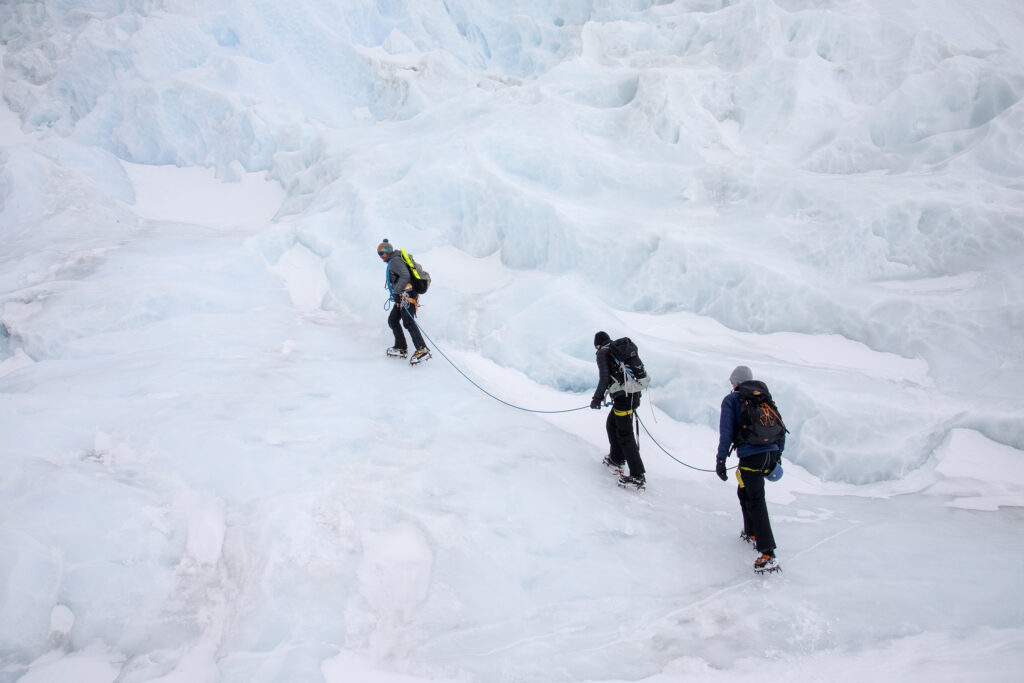
Chris remarked on the unusual snowfall in Antarctica, stating, “It shouldn’t snow in Antarctica as it’s a desert.” However, amid their plight, two French researchers found vindication in their climate change model predicting increased snowstorms.
Chris humorously recounted, “Those guys were going ‘We got it right, we got it right!!’” The expedition company, operating for 17 years, affirmed that the weather encountered was the worst in their history. Stranded on Chris’s birthday, a stroke of luck allowed a plane to land, granting them escape from the White Desert.
Undeterred by their ordeal, Chris and Mika returned to Antarctica in January 2023, determined to conquer the Southern Pole of Inaccessibility.
Defined as the furthest point from the coast/sea in any direction, these poles have long fascinated explorers. Chris has set his sights on becoming the first person to visit all continental PIAs, embodying his relentless spirit of exploration.
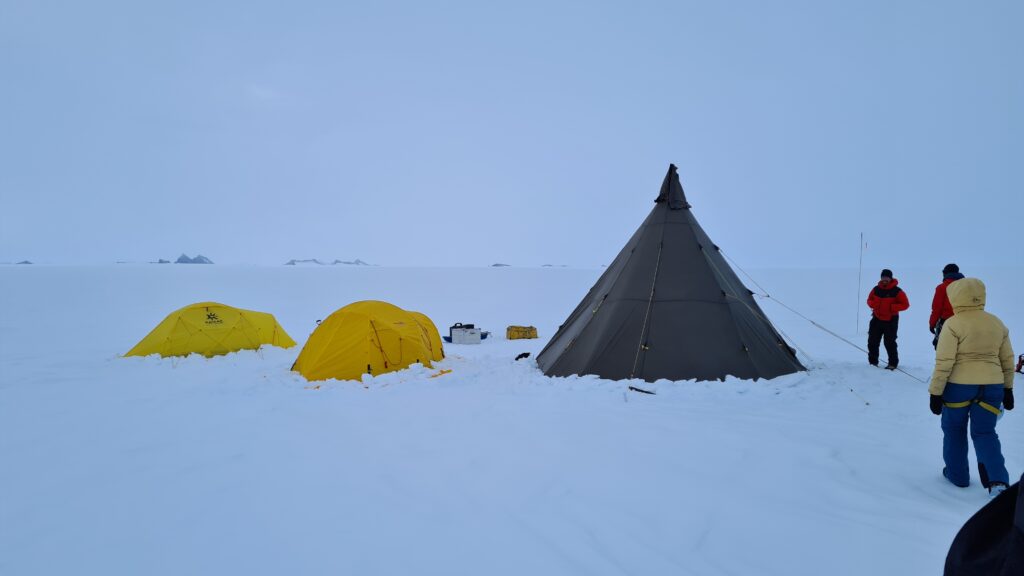
Similar to the Seven Summits challenge, where climbers aim to conquer the highest peak on each continent, Chris’s quest involves visiting the Pole of Inaccessibility (PIA) on every continent.
These include North and South America, Africa, Australasia, Antarctica, Eurasia (combining Europe and Asia), and the Northern Arctic pole. Additionally, Point Nemo, the farthest point from land in any direction in the Pacific Ocean, holds significance in his exploration.
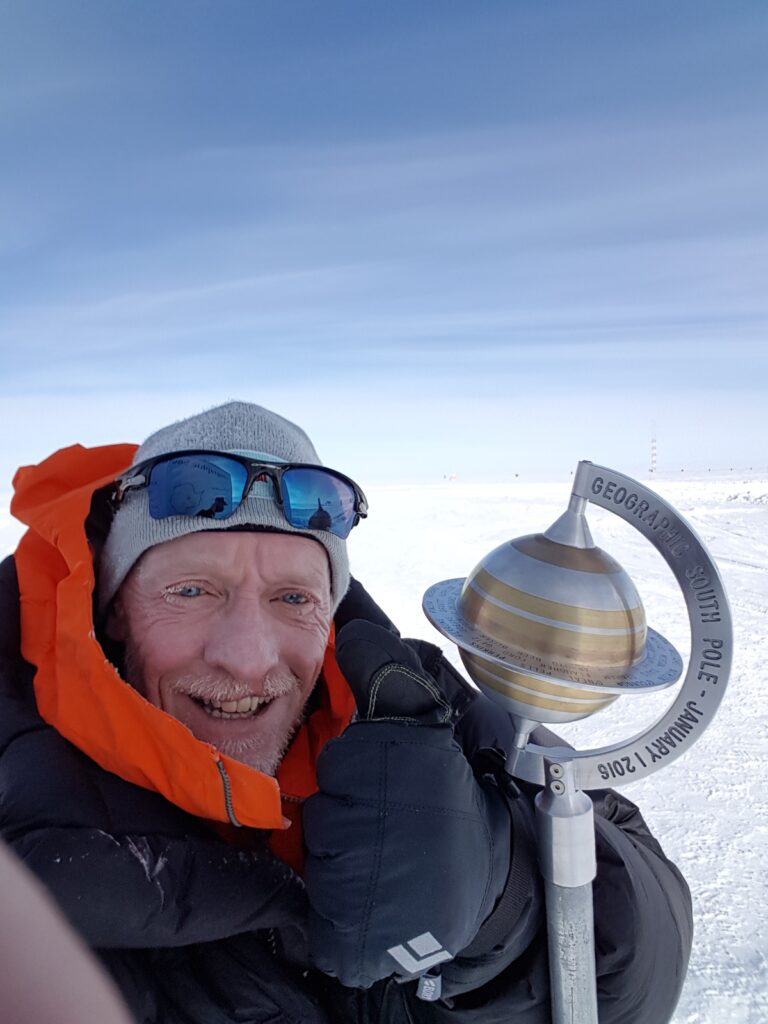
Chris stands out as the most prolific PIA visitor, having explored five of these remote locations, surpassing other explorers who have visited fewer.
His adventures have garnered global attention, notably when he withdrew from a Titanic wreck expedition aboard the Titan submersible due to safety concerns in June 2023. For more insights into Chris’s journeys and the Poles of Inaccessibility, visit inaccessibility.net and brown.co.uk.


